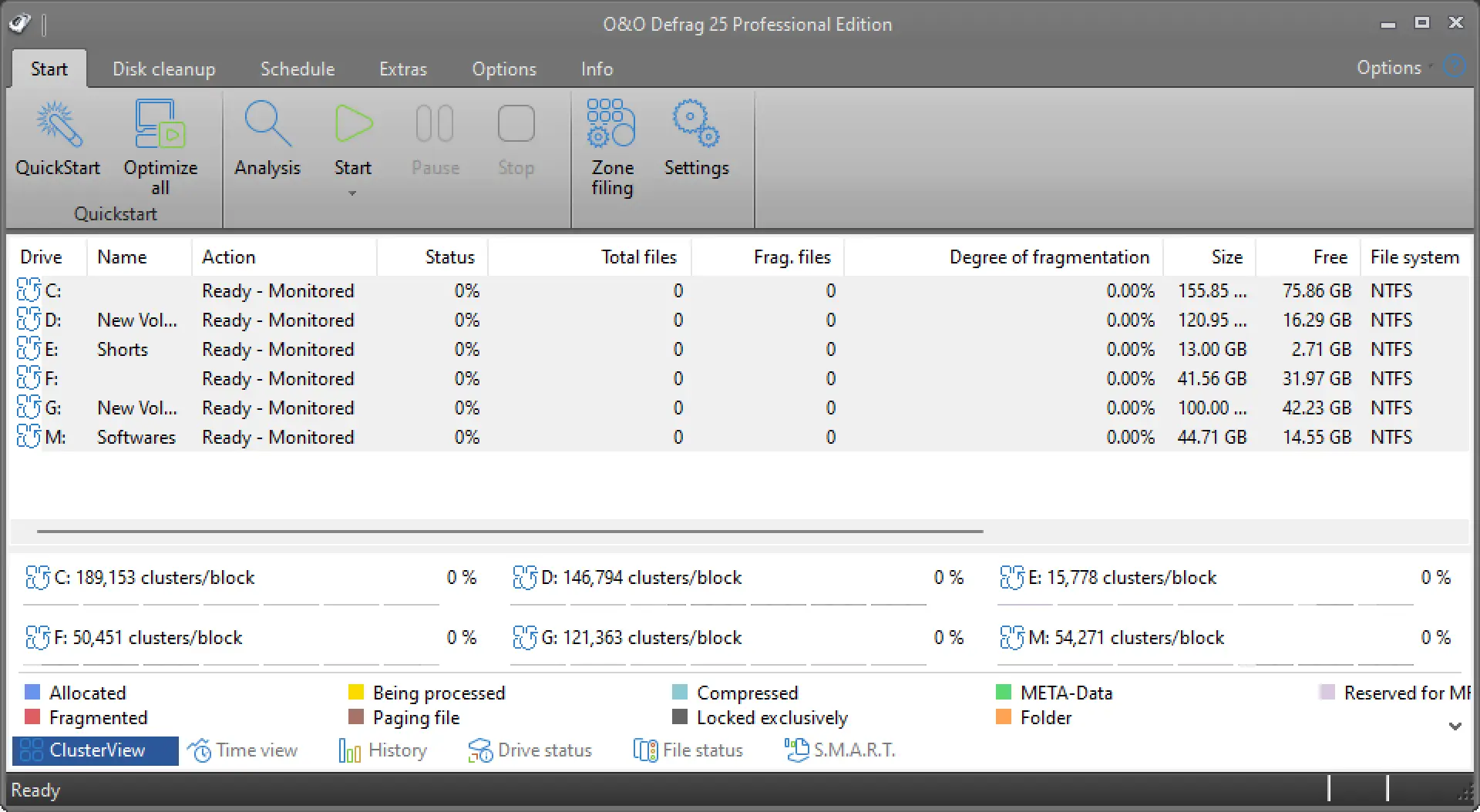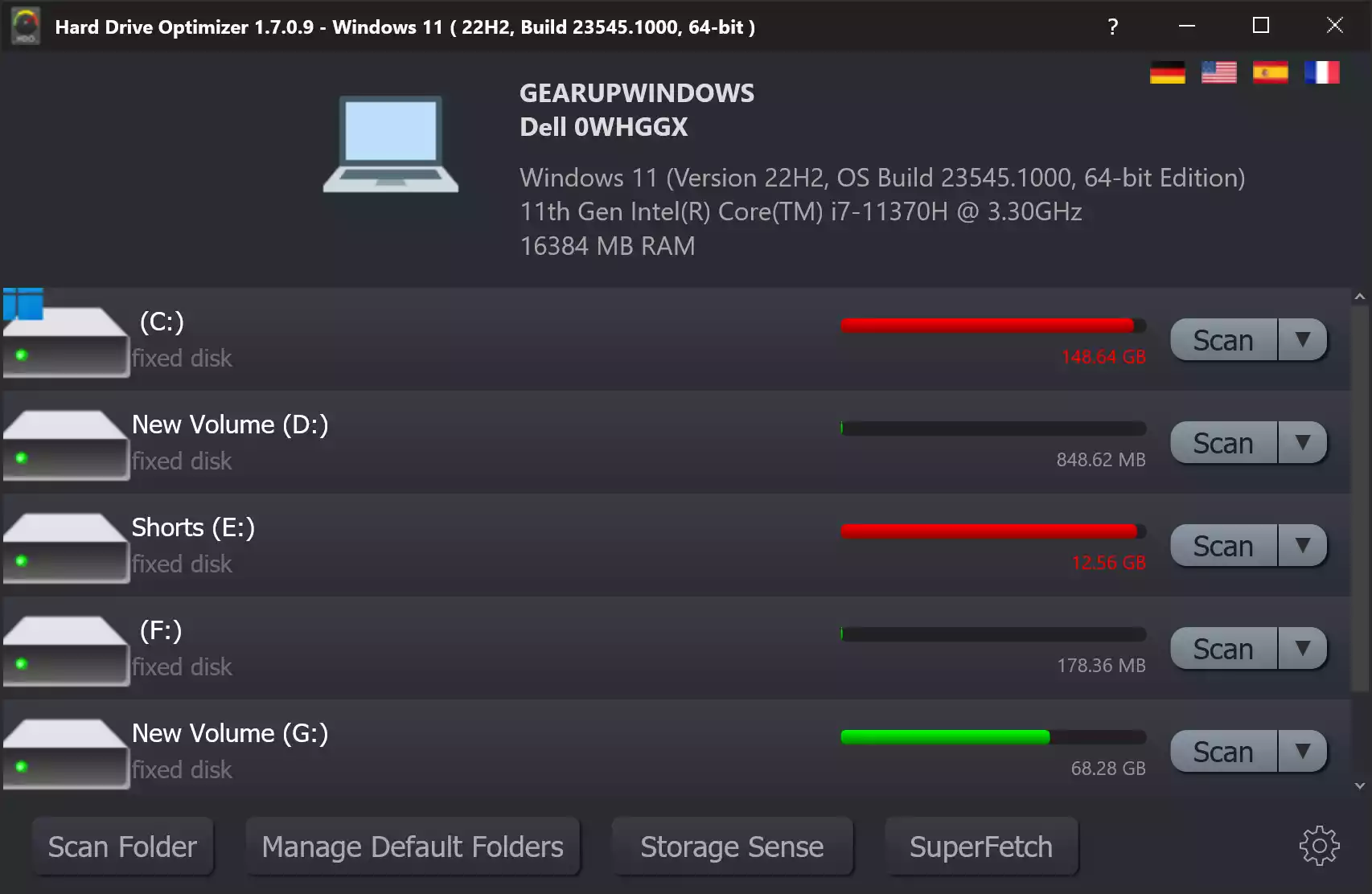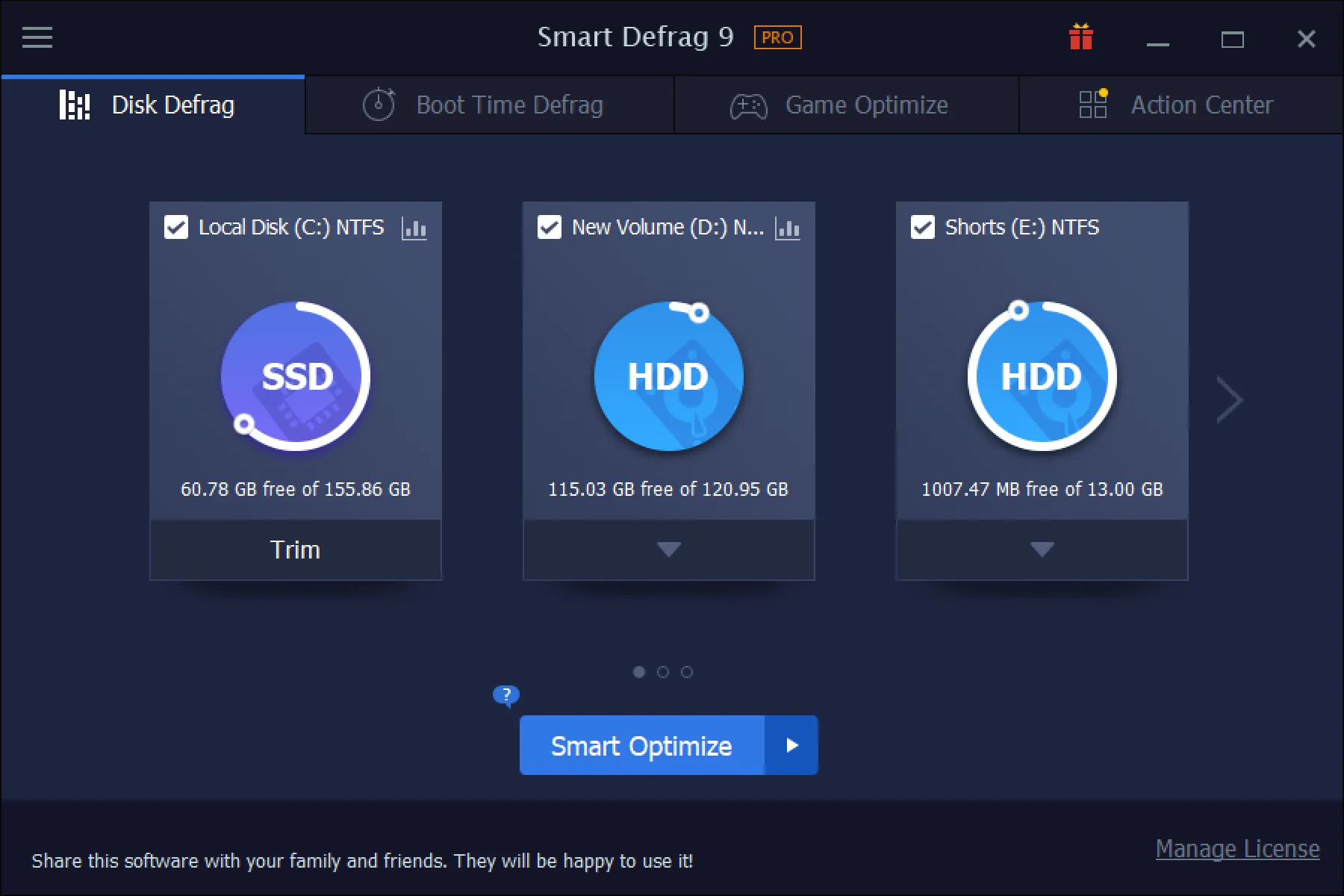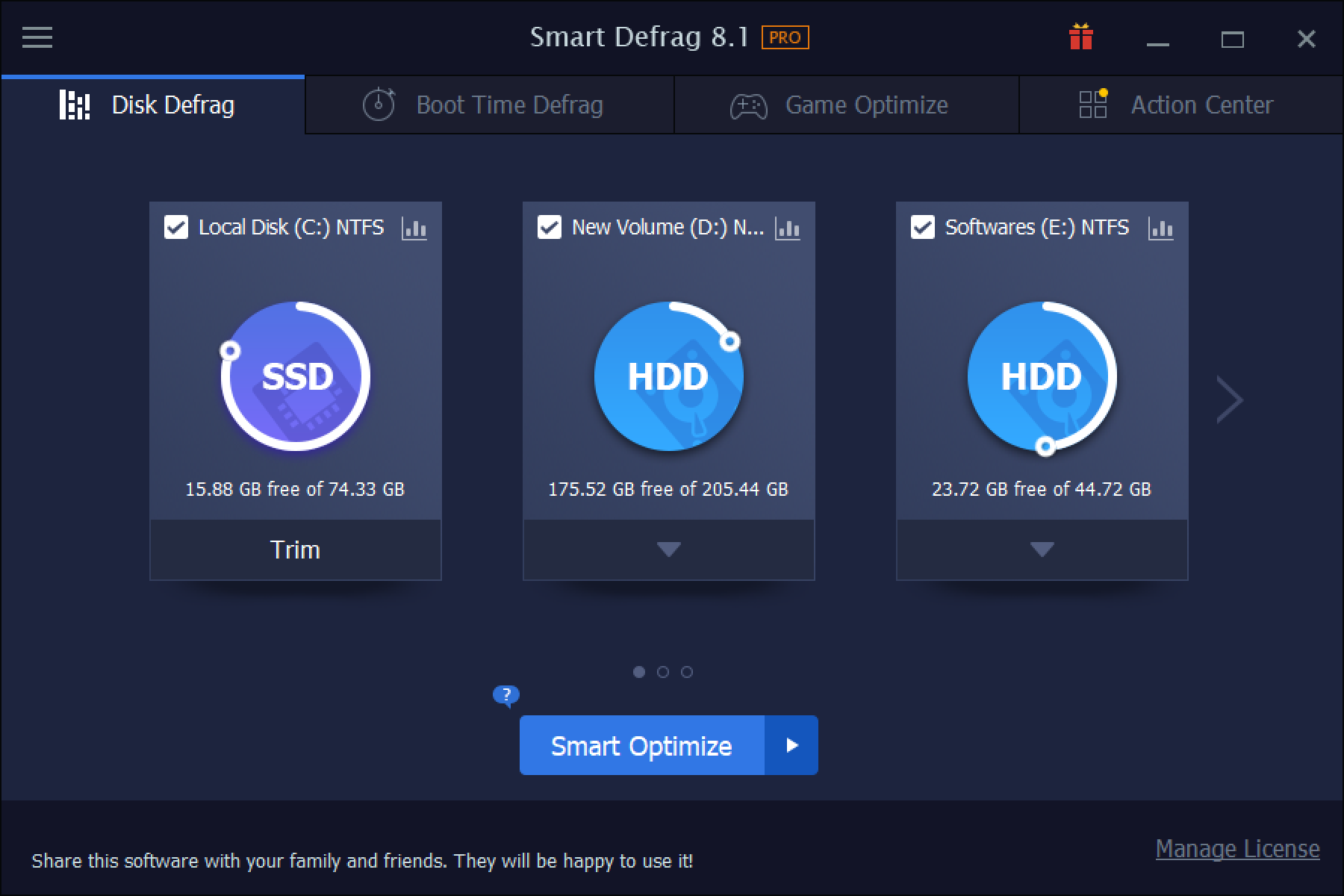Free Giveaway: Abelssoft JetDrive – Ultimate PC Performance Booster
Is your hard drive running at a snail’s pace? Are you longing for the days when your PC was new, and everything ran smoothly? Look no further than Abelssoft JetDrive, a powerful tool designed to defragment your drives, optimize your system, and restore that lost speed. Available now as a free giveaway, JetDrive offers a … Read more






